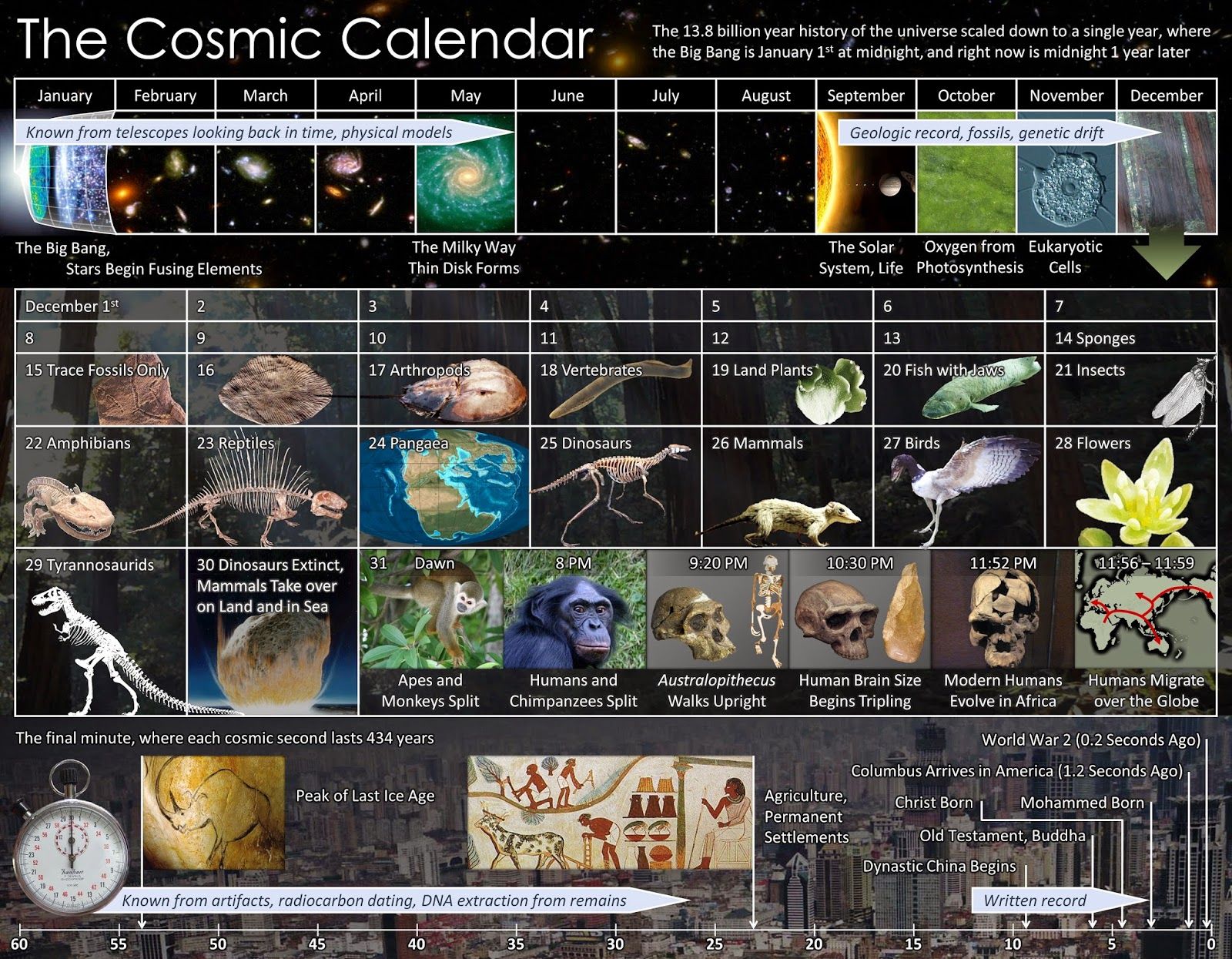
|
The Drake Equation, Fermi Paradox, and SETI |

|
The Drake Equation, Fermi Paradox, and SETI |

|
|
People have long wondered whether we are unique or not. Frank Drake of Cornell University formulated what is now known as the Drake Equation in 1960 as a way to open the discussion on the possibility of intelligent life in the galaxy. At left is the Drake Equation and the meaning of the terms in the Drake Equation.The way the Drake Equation is set-up is to start with the number of stars in our Galaxy and then winnow down that number by asking a series of questions. As we argue later, the number of stars is the rate of star formation, R multiplied by the lifetime, L of the star or, perhaps, the lifetime, l of the lifeform with whom we wish to communicate or who wishes to communicate with us. We split these the R and L or l in the Drake Equation. We consider each term in the Drake Equation and come up with an answer as to the number of intelligent civilizations likely to exist in the Milky Way galaxy. The terms in blue are probabilites and facts which can be deduced from astrophysics. These terms can, in principle, be determined quantitatively. The sections in green are probabilities and numbers which come from biology, psychology, and sociology. These are much more difficult to estimate. |